
A mandolin is a stringed musical instrument in the lute family and is generally plucked with a pick. It most commonly has four courses of doubled strings tuned in unison, thus giving a total of eight strings. A variety of string types are used, with steel strings being the most common and usually the least expensive. The courses are typically tuned in an interval of perfect fifths, with the same tuning as a violin. Also, like the violin, it is the soprano member of a family that includes the mandola, octave mandolin, mandocello and mandobass.
In music, a method is a kind of textbook for a specified musical instrument or a selected problem of playing a certain instrument.

Giuseppe Pettine was an Italian-American concert mandolinist, teacher, and composer.
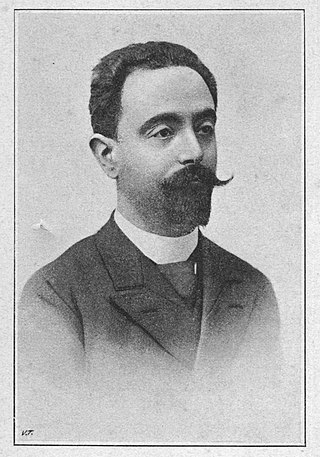
Carlo Munier (1858–1911) was an Italian musician who advocated for the mandolin's acknowledgement among as an instrument of classical music and focused on "raising and ennobling the mandolin and plectrum instruments". He wanted "great masters" to consider the instrument and raise it above the level of "dilettantes and street players" where it had been stuck for centuries. He expected that the mandolin and guitar would be taught in serious orchestral music schools and incorporated into the orchestra. A composer of more than 350 works for the mandolin, he led the mandolin orchestra Reale circolo mandolinisti Regina Margherita named for its patron Margherita of Savoy and gave the queen instruction on the mandolin. As a teacher, he wrote Scuola del mandolino: metodo completo per mandolino, published in 1895.

Leonhard von Call, sometimes referred to as "Leonhard de Call", was an Austrian composer and virtuoso on the mandolin and guitar. During his lifetime he focused less on performing and more upon teaching and writing music for others to play. A virtuoso, he wrote not for other virtuosos but for the people he was teaching or amateurs, and today it is felt by some musicians that his works "made no great technical demands".

Anton Bernhard Fürstenau was a German flutist and composer. He was the most famous virtuoso in Germany on his instrument and the most important Romantic flutist of the first half of the nineteenth century. His son Moritz Fürstenau (1824–1889), whom he later sent to study with Theobald Boehm in Munich, was one of his numerous students. Skeptical as to the technical advancements of the flute, he remained faithful to the nine key flute until his death.

Salvator Léonardi was a mandolin virtuoso, teacher and composer. He taught in Egypt, Malta, London and Paris for more than 20 years, and also toured as a performer. Léonardi learned mandolin and guitar from an uncle, but went on to become a professional musician, studying the violin at a Naples conservatory. He won awards as a solo mandolinist at international music competitions in Florence and Rome.
Karl Stefan Aichelburg was a mandolin virtuoso and composer who lived at the beginning of the nineteenth century in Vienna and there wrote Opus 1, Potpourri for mandolin and guitar, Opus 2, Variations for mandolin and guitar, Opus 3, Nocturne concertantes for mandolin and guitar and Opus 4, Variations concertantes for mandolin and guitar. The above compositions were published by Haslinger, Vienna.
Frederick August Baumbach was a German guitarist, mandolinist and orchestral conductor. Baumbach excelled as a player on the piano, guitar and mandolin; but he is known more through his compositions and writings than his performances. He was characterized as "a man of scholarly and refined taste and great literary attainments."
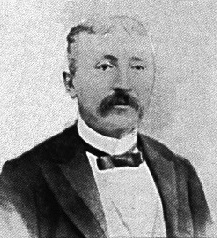
Giuseppe Bellenghi was a virtuoso violoncellist and mandolinist, and composer. He was remembered in 1914 as "a devoted champion of the mandolin."

Giuseppe Branzoli was a violinist, mandolinist, composer, author, educator at the Liceo Musicale di St. Cecilia in Rome, and the founder of the periodical IL mandolin Romano. His compositions were for violin, mandolin, flute and cello, as well as church music.
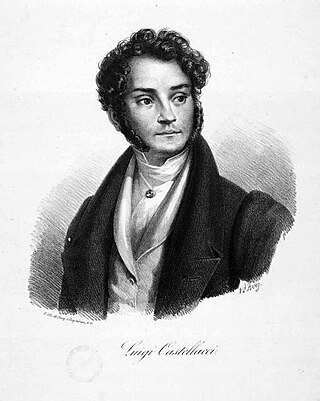
Luigi Castellacci was an Italian virtuoso on the mandolin and guitar, an instrumental composer and the author of popular French romances with guitar and piano accompaniments.

Ferdinando de Cristofaro was one of the most celebrated mandolin virtuosi of the late 19th Century. He was also a classical pianist, teacher, author and composer, who performed at the chief courts of Europe, and received the royal appointment of mandolinist to the King of Italy.
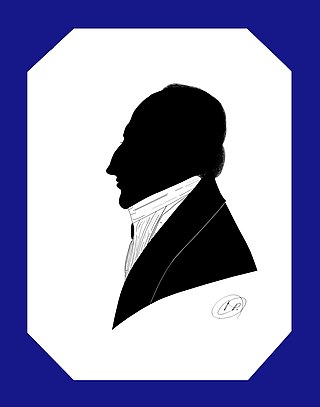
Federigo Fiorillo was a mandolinist and composer, who wrote thirty-six caprices for violin, also called études.

Alexandro Marie Antoin Fridzeri or Frixer was the most renowned of mandolin virtuosi, a clever violinist, organist, and a composer whose works met with popular favor. Among his works were sonatas and chamber music and operas. His life began and ended with tragic notes, losing his eyesight and later his home and possessions. Music historian Philip J. Bone called Fridzeri " an artist of undoubted genius and a man of most remarkable character, which was fully tried under great adversity." The late Giuseppe Bellenghi, mandolinist and composer, dedicated his variations for mandolin and piano on the Carnival of Venice, to the memory of Fridzeri, the blind mandolin player and composer.
Wenzel Krumpholz or Václav Krumpholz was a Czech-born musician who played mandolin and violin. He studied the mandolin at an early age and became one of the most renowned performers on this instrument. At a later date he adopted the violin also, for in 1796 he was one of the first violins in the orchestra of the Court Opera, Vienna.
Carmine de Laurentiis was a 19th-century Italian mandolinist, musical educator, author and composer who taught mandolin and guitar in Naples. His only well-known student was Carlo Munier. He wrote a mandolin method, Metodo per Mandolino, that was published in Milan in 1874, reported the following year in the Musical World. The article mentioning Laurentiis' method talked about the decline of the mandolin, calling the mandolin "entirely out of fashion."
Ugo Orlandi is a musicologist, a specialist in the history of music, a university professor and internationally renowned mandolinist virtuoso. Among worldwide musicians, professional classical musicians are a small group; among them is an even smaller group of classical mandolinists. Among members of this group, Ugo Orlandi is considered "distinguished." Music historian Paul Sparks called him "a leading figure in the rehabilitation of the eighteenth-century mandolin repertoire, having recorded many concertos from this period."
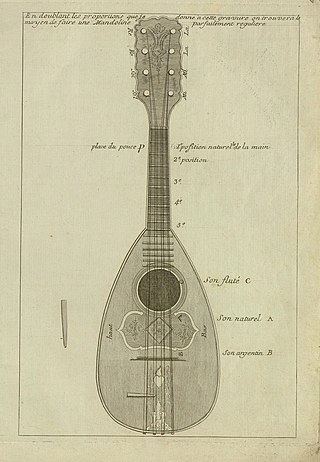
Gabriele Leone was an Italian musician and composer who lived in Paris during the middle and later part of the 18th century. A virtuoso on the violin and mandolin, he wrote an early mandolin method, Analytical method for mastering the violin or the mandolin in 1768 and composed for both instruments. He was an early teacher of the duo method, an advanced technique which would reappear in the 20th century, taught by Giuseppe Pettine in the United States.

Ludwig van Beethoven composed at least six works for mandolin, four of which survive. None were published during his lifetime. Though known better as a pianist, Beethoven possessed a Milanese mandolin, which was hung beside his piano. He was friends with two prominent mandolinists, both of whom were linked to his surviving mandolin music.














